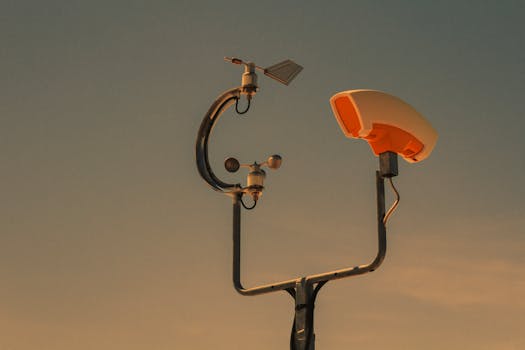
Satellites and Climate Change: A Critical Partnership
Satellites have become an essential tool in the fight against climate change, providing critical data and insights to scientists and policymakers. The Focus Keyword: How satellites monitor climate change and environmental shifts is a vital aspect of understanding the impact of human activities on the environment. By orbiting the Earth, satellites can collect data on a wide range of factors, including temperature, sea level rise, ice sheet melting, and deforestation. This information is used to track changes in the climate and identify areas that are most vulnerable to environmental shifts.
One of the key ways that satellites monitor climate change is by tracking changes in the Earth’s temperature. Satellites in orbit around the Earth can measure the temperature of the atmosphere and the oceans, providing a comprehensive picture of the planet’s heat budget. This data is used to identify trends and patterns in temperature change, which can help scientists understand the causes and consequences of climate change.
Monitoring Environmental Shifts
In addition to tracking climate change, satellites are also used to monitor environmental shifts, such as deforestation, ocean acidification, and changes in sea level. Satellites equipped with sensors and cameras can collect data on the health of forests, the condition of coral reefs, and the extent of sea ice coverage. This information is used to identify areas that are most at risk from environmental degradation and to track the effectiveness of conservation efforts.
Satellites are also used to monitor the impact of human activities on the environment, such as the extraction of natural resources, the release of greenhouse gases, and the disposal of waste. By tracking changes in land use, water quality, and air pollution, satellites can provide valuable insights into the sustainability of human activities and the need for more environmentally-friendly practices.
Applications of Satellite Data
The data collected by satellites has a wide range of applications, from climate modeling and weather forecasting to disaster response and resource management. Satellites can provide critical information during natural disasters, such as hurricanes, wildfires, and floods, helping emergency responders to identify areas of need and prioritize relief efforts.
Satellite data is also used to inform policy decisions, such as the development of climate change mitigation and adaptation strategies. By providing a detailed picture of the impacts of climate change, satellites can help policymakers to identify the most effective ways to reduce greenhouse gas emissions and protect vulnerable communities.
Conclusion
In conclusion, satellites play a vital role in monitoring climate change and environmental shifts. By providing critical data and insights, satellites can help scientists and policymakers to understand the causes and consequences of climate change and to develop effective strategies for mitigating its impacts. As the world continues to grapple with the challenges of climate change, the importance of satellite technology will only continue to grow.


